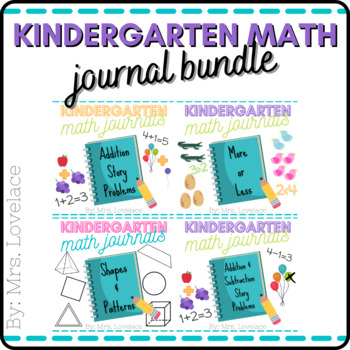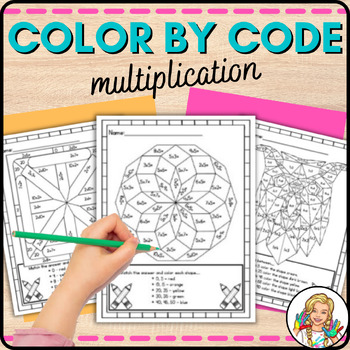Since finding TeachersPayTeachers, I’ve become obsessed with
task cards. I saw them all over the site
and had to do some research to figure out just what a task card was and how you
use them. A few blogs I used to help
with my research were http://www.teachingwithtaskcards.com/
and http://task-cards.com/ and once I read
these, I was sold. Where were task cards
when I was in the classroom? These would
have been awesome to use during math workshop.
We created different activities that were similar, but I had never heard
the term task cards.
A task card is basically an individual card (sizes vary)
that has one problem on it. Task cards
can be used for any subject but thinking about math task cards, it would have
one problem related to the subject being taught. They can be used in a variety of ways. Here are just a few ideas:
- Replace Worksheets - Task cards could replace worksheets in your classroom. Instead of completing a lengthy worksheet, students work on one card at a time to show their understanding. This makes it less overwhelming and cuts down on paper.
- Math Centers – You could put a stack of task cards at a center and students work to complete as many as possible in the given amount of time.
- Whole Class Activity – Task cards could be used by the whole class at the same time. Usually the games or ideas for this have to do with getting the class up and moving around the room. One idea is to place cards all around the room. Students need to wander the room and solve the problems on the cards. Another game is called Scoot. In this game, there is a card on each student’s desk. Each student solves their card and then after a given amount of time, they all move to the next seat and solve that problem. They continue this until they have solved all the problems.
- Preassessment – Use in a whole group or small group setting to see what students know before you have taught the concept. This data would be helpful to group students with common needs for small group work during the rest of the unit.
- Assessment – Again, this could be done as a center or as a whole class activity but use the task cards to determine what the students learned during the unit you just finished teaching.
- Review – A great way to review before the end of a unit or an assessment is to use task cards to review the concepts covered.
- Problem of the day – Hand out a task card as students enter the classroom. Have them glue them into a math notebook and solve. Discuss as a class strategies used to solve the problems.
- Early Finishers – Keep early finishers on task (haha) by having them work on task cards while other students are still working.
- Partner activity – Give each student a card. Have them pair up and solve their partner’s card. Once they finish, have them find a different partner and solve that card. Continue pairing up until all cards have been solved.
The great part about task cards is that it is easy to
differentiate for each student. For
example, have a high student solve the entire stack of task cards. A struggling student can have the goal to
solve five cards. Making it just one
problem at a time makes it less overwhelming for those struggling
students.
I’ve been busy making task cards for my TpT store ever since
I fell in love with the concept. When I
head back into the classroom, I plan on using these in all subject areas but
especially in math. So far I’ve created place
value task cards for second grade, telling time task cards for first
and second
grade and Halloween math
and literacy
cards. These can all be found in my store. I also have a freebie for you. A set of place
value task cards for second graders.
Enjoy!
Do you use task cards in your classroom? What ideas do you have for using them in the
classroom?
Happy Teaching,
Sara
Sara





